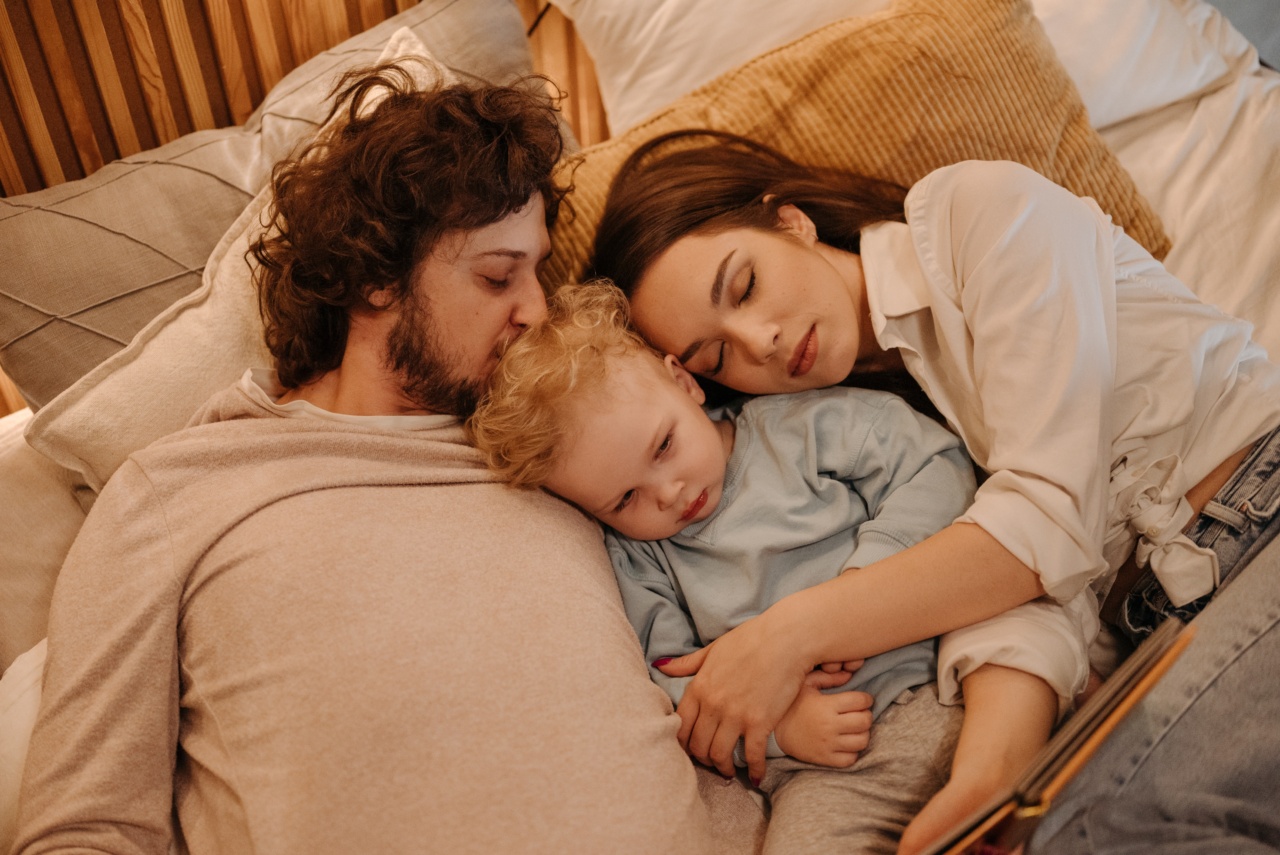Sleep apnea is a sleep disorder that affects both adults and children. It is a condition characterized by pauses in breathing during sleep, often accompanied by loud snoring or gasping for air.
While sleep apnea is more commonly associated with adults, it can also occur in children. In fact, studies estimate that 1-4% of children have sleep apnea, though the actual number may be even higher.
What Causes Sleep Apnea in Children?
There are several factors that can contribute to sleep apnea in children. One of the most common causes is enlarged tonsils and adenoids, which can obstruct the airway during sleep.
Other potential causes include obesity, allergies, asthma, genetic factors, and certain medical conditions.
What are the Symptoms of Sleep Apnea in Children?
Recognizing the symptoms of sleep apnea in children is crucial for early diagnosis and treatment. Some of the most common signs to watch for include:.
- Loud and frequent snoring
- Pauses in breathing during sleep
- Restless sleep or difficulty falling asleep
- Mouth breathing
- Bedwetting
- Excessive daytime sleepiness
- Irritability or behavior problems
- Difficulty concentrating or poor school performance
- Headaches, especially in the morning
If your child exhibits any of these symptoms, it is important to consult a healthcare professional for further evaluation.
Diagnosing Sleep Apnea in Children
Diagnosing sleep apnea in children typically involves a thorough evaluation of the child’s medical history, physical examination, and sleep study.
During a sleep study, also known as polysomnography, various parameters such as brain waves, heart rate, breathing patterns, and oxygen levels are monitored to assess the quality of sleep and detect any abnormalities.
Effects of Sleep Apnea on Children
Untreated sleep apnea can have significant consequences on a child’s health and well-being. Chronic sleep deprivation can lead to daytime sleepiness, poor concentration, and behavioral problems.
It can also impact growth and development, as growth hormone is primarily released during deep sleep. Additionally, sleep apnea has been linked to cardiovascular problems, hypertension, and metabolic disorders in children.
Treatment Options for Sleep Apnea in Children
The appropriate treatment for sleep apnea in children depends on the underlying cause and severity of the condition. In some cases, removing the tonsils and adenoids surgically may be recommended if they are causing the obstruction.
Weight management, allergy treatment, and medication for underlying conditions like asthma may also be part of the treatment plan.
In mild cases, lifestyle modifications such as proper sleep hygiene, maintaining a regular sleep schedule, and implementing positional therapy (elevating the head while sleeping) may help alleviate symptoms.
Continuous positive airway pressure (CPAP) therapy, which involves wearing a mask that delivers pressurized air to keep the airways open during sleep, is another effective treatment option for moderate to severe cases.
Tips for Parents
As a parent, there are certain steps you can take to help manage your child’s sleep apnea:.
- Establish a consistent bedtime routine to promote better sleep quality.
- Encourage regular exercise and healthy eating habits to maintain a healthy weight.
- Ensure a comfortable sleep environment with a supportive mattress and pillows.
- Keep the bedroom dark, quiet, and at a cool temperature to promote sleep.
- Communicate openly with your child’s healthcare provider and follow their recommendations for treatment and follow-up care.
Conclusion
Sleep apnea is a serious condition that can affect children as well as adults. It is important for parents to be aware of the symptoms and seek timely medical attention if their child exhibits signs of sleep apnea.
With proper diagnosis and treatment, children with sleep apnea can experience improved sleep quality, better overall health, and enhanced quality of life.





























